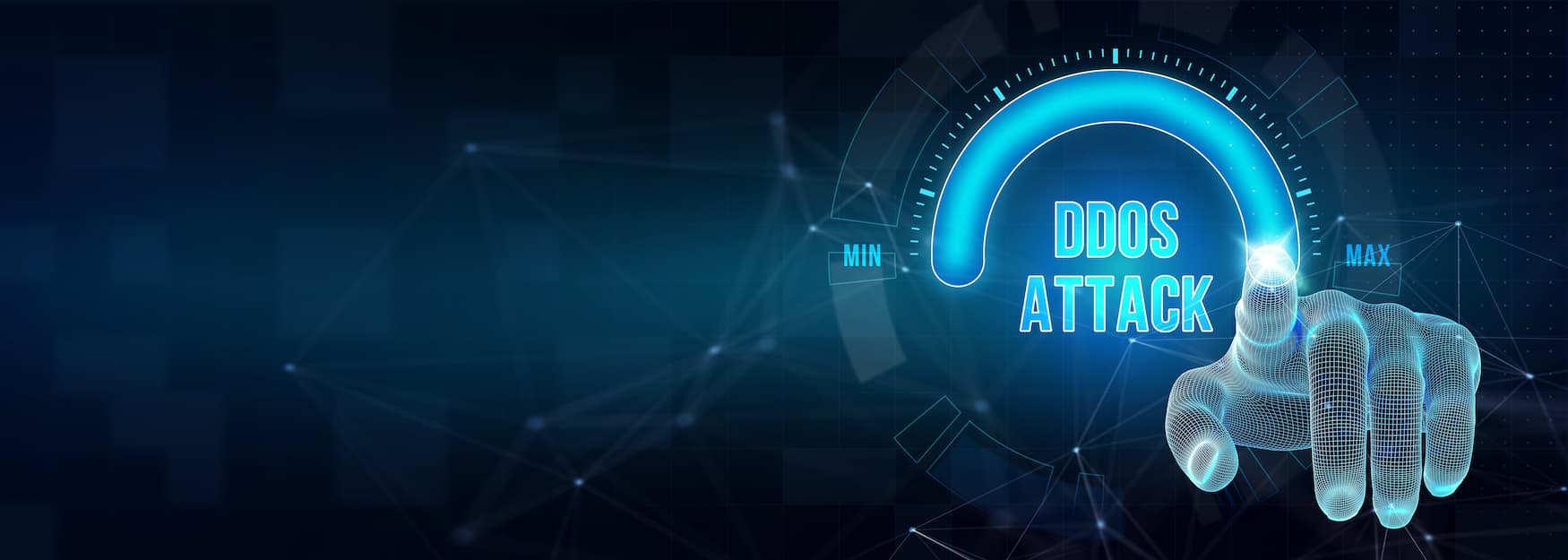A Data Center It is the backbone of modern technology infrastructure, providing the space, equipment, and connectivity needed to store, process, and transmit large volumes of data. The creation of a Data Center It is not simply a matter of acquiring servers and placing them in a room, but involves a complex process of design, construction and management, with meticulous planning to ensure efficiency, safety and sustainability. The process involves the collaboration of experts in various disciplines, including electrical engineering, architecture, computer security, and network management.
In this analysis, we explore how a data center is made, breaking down each step of the process, from planning and design, to construction, technology implementation, and ongoing management.
Planning and Analysis of Requirements for a Data Center:
The first step in creating a data center it is planning and analyzing needs. Capacity, connectivity, location, and security needs are critical. Since the Data centersare long-term infrastructures that must be scalable, planning must take into account both current and future needs.
Capacity Identification:
Data storage and processing capacity is one of the first things to consider when planning a data center. This will depend on the organization’s current data volume and its growth projection. Organizations that expect rapid growth should plan their expansion to prevent the performance of the Data Center is limited.
Network Traffic Analysis:
Network traffic analysis is crucial in addition to capacity. One Data Center It must be able to handle large amounts of data moving across multiple networks, either within the same facility or to other data centers and remote users. This requires proper planning of the network infrastructure, which includes available bandwidth, quality of service, and connectivity with internet service providers (ISPs).
Security and Regulatory Compliance:
A crucial factor in data center planning It’s security, both physical and digital. The Data CenterThey host sensitive information that must be protected from unauthorized access, cyberattacks, and physical disasters. Planning a Data Center It should include the implementation of security measures such as access control systems, surveillance cameras, firewalls, and intrusion detection systems. In addition, the Data Center must comply with local and international regulations, such as data protection regulations and environmental standards.
Data Center Location:
The success of a data center It depends on your location. The location must meet several conditions, such as being located in a region with a low risk of natural disasters (earthquakes, floods, hurricanes), having a reliable electrical infrastructure, and having access to several internet providers to ensure redundancy in connectivity.
Architectural and Technical Design of the Data Center:
Once the Data Center requirements have been defined, the next step is both the architectural and technical design of the installation. This includes the design of the physical spaces, the arrangement of the equipment, and the supporting infrastructure, such as the cooling system, electrical power, and the grid.
Design of the Electrical Infrastructure:
A Data Center You need a solid electrical infrastructure to ensure a constant supply of energy. Having redundant power systems, such as uninterruptible power supplies (UPS) and backup generators, is essential because servers and other IT equipment cannot tolerate outages. The electrical design must calculate the amount of energy needed taking into account both peak demand and daily consumption.
Cooling Systems:
The heat generated by servers and other IT equipment can be considerable. If not dissipated properly, it can cause systems to fail or reduce their lifespan. The design of a Data Center It should include an efficient cooling system that maintains an optimal temperature. This may involve the use of air conditioning, liquid cooling systems, or even more advanced solutions such as immersion cooling.
Layout of Servers:
The physical location of servers in a data center must be carefully planned to maximize space usage and energy efficiency. To improve air circulation and reduce power consumption, server racks, cabling systems, and hot and cold areas can be separated.
Network Infrastructure:
A Data Center It must have a network infrastructure that allows fast and secure connectivity both internally and externally. This involves the use of switches, routers, firewalls, and other networking equipment that allow servers, databases, and applications to connect. Network infrastructure must be designed to be redundant, meaning that data traffic can be rerouted without affecting service if one of the components fails.

Data Center Construction:
After completing the full design, the next step is the physical construction of the data center. This involves building the physical structure, installing the power and cooling systems, and integrating the IT equipment.
Construction of the Physical Structure:
The Data Center Structure it must be strong, safe, and able to withstand adverse conditions. Depending on the location and size of the Data Center, this can include earthquake-proof structures, fire detection systems, and flood protection mechanisms. To ensure physical security, walls and doors must be designed to prevent intrusions and access control systems must be in place from the outset.
Installation of Electrical and Refrigeration Equipment:
Once the structure is complete, it’s time to install the electrical and cooling systems. This includes the installation of UPSs, backup generators, power distribution systems, and refrigeration systems. The correct installation of these systems is crucial to ensure the continuous operation of the Data Center.
Installation of Servers and Network Equipment:
The next step is the installation of the network equipment and servers. To facilitate future maintenance and expansion, server racks must be assembled according to the pre-approved design. To ensure good internal and external connectivity, networking equipment such as switches and routers must also be installed and configured.

Implementation of Technologies in the Data Center:
Once the Data Center is physically complete, and the necessary software and security technologies for its operation are implemented. This includes configuring operating systems, installing management applications, and implementing security measures.
Data Center Management Systems (DCIM):
Data center management systems(DCIM) are tools that allow administrators to monitor and control all aspects of the data center. This includes using storage capacity, network traffic, server performance, and monitoring power and cooling systems. A high-quality DCIM system is essential to ensure operational efficiency and early detection of problems.
Implementation of Security Measures:
Like Data CentersIf they are prime targets for cyberattacks, security should be a priority from the start. This includes installing firewalls, intrusion detection systems (IDS), malware protection, and data encryption. In addition, strict access controls must be implemented to ensure that only authorized personnel can access critical systems and servers.
Backup and Recovery Systems:
With no backup and disaster recovery systems, a data center it is not complete. These systems protect data from loss or loss. Data Center of malicious attacks. Backup systems must also be redundant, with copies stored off-site to allow for quick recovery in the event of a disaster.

Maintenance and Continuous Operation of the Data Center:
Once the Data Center it is in operation, the work is not finished. Ongoing maintenance is necessary to ensure that everything is running optimally and that systems are up-to-date and protected against new threats.
Preventive Maintenance:
Preventative maintenance includes regular checks of power, cooling, security, and network systems to identify problems before they become major failures. This may include cleaning the equipment, checking the wiring system, and updating the firmware.
Hardware and Software Update:
Continuous Monitoring:
To ensure that everything is running smoothly, the Data Center it needs continuous monitoring. DCIM systems, along with trained personnel, must be available 24 hours a day to detect any issues in real-time and respond efficiently and quickly.
To conclude the construction of a Data Center It’s a complex process that requires careful planning and meticulous execution. From initial planning and architectural design, to the implementation of advanced technologies and ongoing maintenance, every step is crucial to ensure the success of the operation of the Data Center. By following these steps, organizations can create robust, scalable, and secure infrastructures that meet current and future technology needs.



